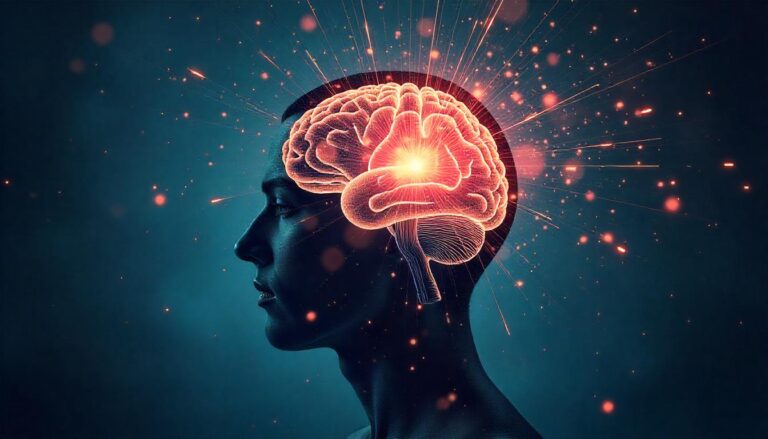7 ways to leverage Power of Psychology in Education

Education is not just about transferring knowledge; it’s about shaping minds, fostering critical thinking, and nurturing emotional intelligence. By integrating psychological principles into teaching methodologies, educators can create more engaging, effective, and inclusive learning environments. Here’s how psychology can enhance education:
1. Understanding Cognitive Development
Jean Piaget’s theory of cognitive development helps educators tailor their teaching strategies according to different age groups. For example, younger children in the preoperational stage (ages 2-7) benefit from hands-on activities, storytelling, and visual aids, while older students in the formal operational stage (ages 12 and above) can engage in abstract thinking and problem-solving exercises.
2. Applying Behavioral Psychology for Classroom Management
Behaviorist theories, such as B.F. Skinner’s reinforcement model, highlight the role of positive reinforcement in shaping student behavior. Teachers can use reward systems, praise, and structured feedback to encourage desirable behaviors, while also implementing clear consequences for disruptive actions.
3. Leveraging Emotional Intelligence (EI) in Learning
Daniel Goleman’s concept of emotional intelligence underscores the importance of self-awareness, self-regulation, motivation, empathy, and social skills in education. By teaching students emotional regulation techniques and encouraging empathy through group activities, teachers can create a more supportive and collaborative classroom environment.
4. Incorporating Motivation Theories
Psychological theories of motivation, such as Maslow’s hierarchy of needs and Deci and Ryan’s self-determination theory, help educators understand what drives student engagement. Creating a sense of belonging, fostering autonomy, and recognizing achievements can significantly boost student motivation and learning outcomes.
5. Utilizing Memory and Learning Strategies
Cognitive psychology provides insights into effective learning techniques, such as spaced repetition, active recall, and chunking. Educators can design lesson plans that encourage students to revisit concepts over time, use quizzes for retrieval practice, and break complex information into manageable chunks to enhance retention.
6. Addressing Individual Differences and Learning Styles
Every student learns differently. While some may be visual learners, others may excel through auditory or kinesthetic learning. Applying Howard Gardner’s theory of multiple intelligences allows teachers to design varied instructional methods that cater to diverse learning styles, making education more inclusive.
7. Enhancing Classroom Engagement with Constructivism
Constructivist approaches, based on the works of Vygotsky and Bruner, advocate for active learning, where students construct their knowledge through experiences. Group discussions, problem-based learning, and peer teaching encourage students to take ownership of their learning, making lessons more interactive and meaningful.
Conclusion
Integrating psychological principles into education transforms teaching methodologies, making them more student-centered, engaging, and effective. By understanding how students think, behave, and learn, educators can create environments that foster intellectual growth, emotional well-being, and lifelong curiosity. Applying these principles not only enhances academic performance but also equips students with essential life skills for the future.


